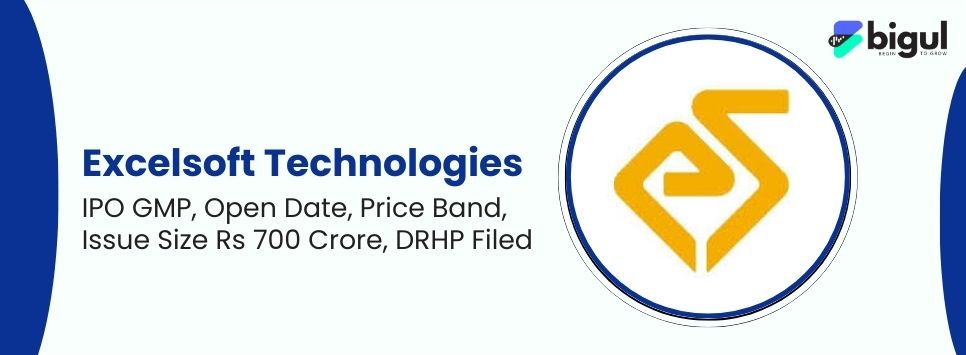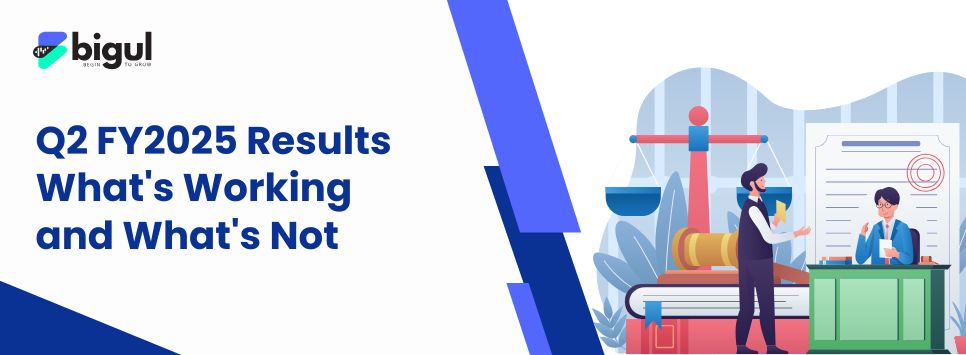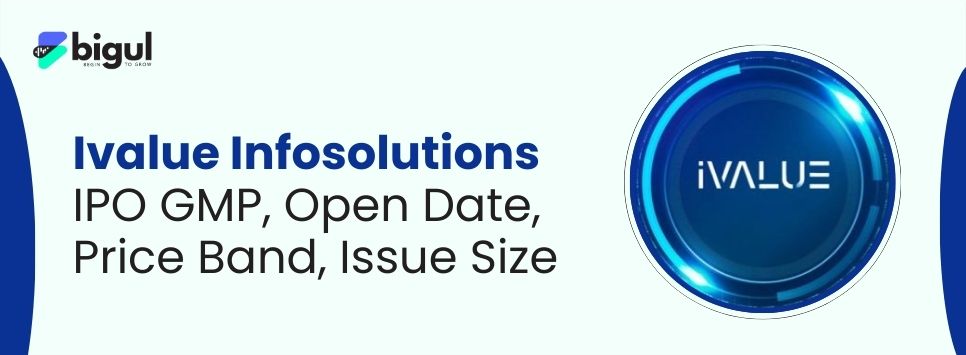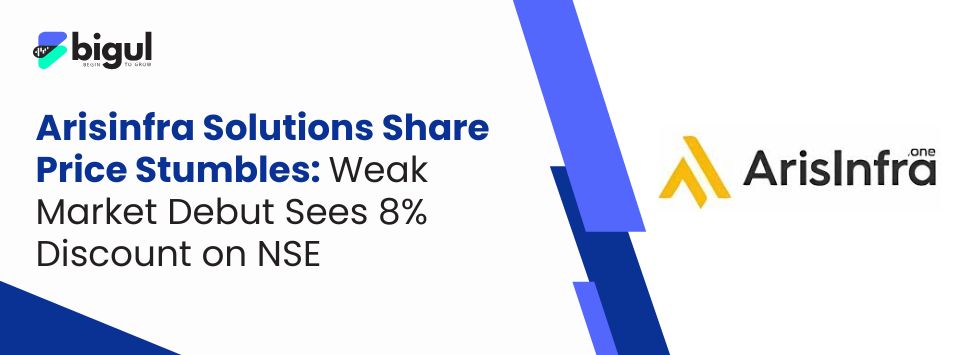The highly anticipated stock market listing of Arisinfra Solutions took a sharp downward turn as its shares debuted at Rs 205 on the NSE – a significant 7.66% discount below its IPO price of Rs 222. On the BSE, the opening was slightly better at Rs 209.10, but still represented a 5.81% discount. The disappointment deepened throughout the trading day, with the Arisinfra Solutions share price plunging to close at Rs173.90, marking a steep nearly 22% decline on its very first day.
This weak performance contradicted signals from the grey market, where the Grey Market Premium (GMP) had hovered around Rs0, essentially predicting a flat or neutral opening rather than a steep fall. Market sentiment clearly turned against the stock rapidly post-listing.
Listing Performance: A Disappointing Start Shakes Investor Confidence
Investors watched with growing concern as the Arisinfra Solutions share price went into freefall, despite the company's IPO receiving reasonably healthy subscription numbers. By the closing bell on debut day, the share price of Arisinfra Solutions dropped more than 22%. It wiped out more than Rs130 cr of the company instantly.
Adding to the gloom, the stock hit its 52-week low of Rs 171.50 on that very first day, underlining the intense selling pressure it faced. Market analysts quickly pointed fingers at aggressive IPO pricing – the pre-issue price-to-book (P/B) ratio stood at a lofty 8.61 – as a primary culprit. Broader market volatility also played a role in amplifying the negative sentiment.
IPO Subscription & Details: Retail Zeal Meets Institutional Scepticism
The Arisinfra Solutions IPO, structured entirely as a fresh issue worth Rs499.60 crore, opened for subscription from June 18 to 20, 2025. Overall, it managed a subscription rate of 2.8 times the shares on offer. Digging into the category-wise data reveals a clear divergence: retail investors displayed notable enthusiasm, subscribing 5.9 times their allotted portion. However, the response from larger, often more experienced, investors was far more restrained. Qualified Institutional Buyers (QIBs), typically including mutual funds and foreign portfolio investors, subscribed only 1.5 times their quota.
Non-Institutional Investors (NIIs), which encompass high-net-worth individuals and corporates, demonstrated moderate interest with a 3.32 times subscription rate.The funds raised through this Arisinfra Solutions IPO are earmarked for crucial financial strengthening: a substantial Rs204.6 crore will be used to repay existing high-cost debt, Rs177 crore is allocated for boosting working capital requirements to support operations, and Rs48 crore is designated for investment into their subsidiary, Buildmex-Infra, signaling future growth ambitions.
Financial Contradictions: Past Losses, Lingering Debt, and a Glimmer of Recovery
It’s been a bit of a bumpy ride for Arisinfra Solutions lately. In FY24, their revenue dipped by about 6.9%, landing at Rs702 crore, and they ended up with a loss of Rs17.3 crore. On the bright side, the leadership team is optimistic that things are starting to turn around, pointing to stronger numbers in their more recent performance.
For the first nine months of FY25 (ending December 2024), they reported a Rs6.53 crore profit and an EBITDA of Rs39.88 crore. While this recent improvement is positive, several substantial risks continue to cloud the outlook.
Arisinfra’s hefty debt load is still hanging over them—right now they’ve got a pre-IPO debt-to-equity ratio of 1.45, which is pretty high. On top of that, half their revenue comes from just ten clients, so if they lost even one of those big accounts, it could really knock them off balance.
What’s also worth noting is that almost all of their business—about 95%—comes from just three states: Maharashtra, Karnataka, and Tamil Nadu. That means if any of those regions hit a rough patch or government rules shift, it could really throw a wrench in their plans.
Why the Weak Debut? Market Sentiment, Valuation, and Structural Hurdles
Several interconnected factors converged to drive this poor listing performance for the Arisinfra Solutions share price. Firstly, the Zero GMP in the grey market in the days leading up to the listing was a clear red flag.
Think of the grey market premium like the buzz before a big concert—when it’s Rs0, you know there’s barely any hype. That flat GMP was a clear sign that traders just weren’t feeling it, and it pretty much predicted the tepid opening. On top of that, old worries about profitability kept creeping back in. After years of losses through FY24, folks weren’t ready to believe in a sudden turnaround in the first nine months of FY25—especially with that mountain of debt still hanging over their heads.
Arisinfra also felt the squeeze from its own industry. They work in India’s massive—but highly fragmented—construction materials market, and about 30% of their revenue comes from trading wild-card commodities like soil and sand. Those prices swing all over the place based on local supply, demand, or sudden rule changes, so they’re constantly riding a roller coaster.
These factors combined to create a perfect storm of skepticism at listing. Despite these challenges, Arisinfra’s core business model – a tech-enabled B2B platform connecting over 2,100 customers with more than 1,700 vendors – addresses genuine inefficiencies in the supply chain for India’s massive, estimated $200 billion infrastructure materials market. If they can successfully navigate their financial hurdles and scale effectively, the underlying potential remains significant.
Conclusion
When investors saw Arisinfra Solutions’ shares plunge on day one, it drove home how risky it is to back a young company—even one tapping into India’s booming infrastructure boom. Arisinfra built a solid platform to meet real demand, but the market recoiled at its lofty valuation, past losses, and heavy debt load. That rocky debut showed us that no matter how promising the opportunity, we still need to watch out for balance-sheet red flags, aggressive pricing, and sector swings.








.jpg)
.jpg)
